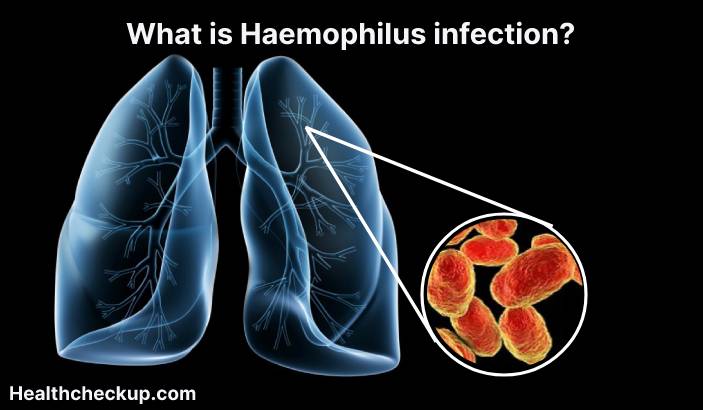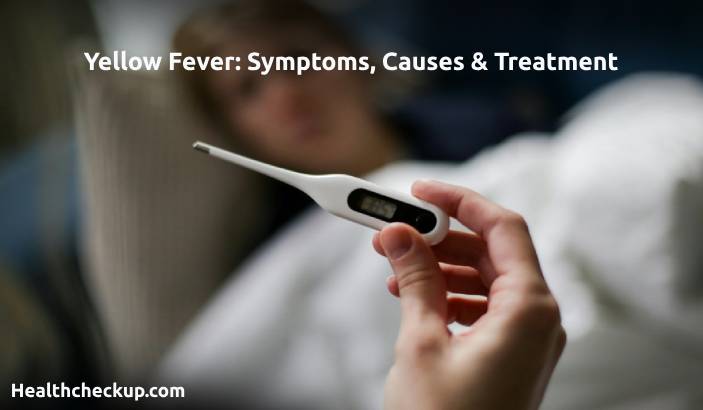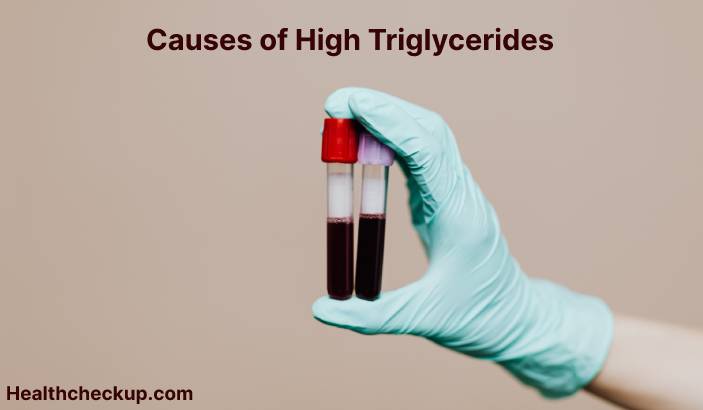Haemophilus infection, also known as Haemophilus influenzae infection, is a bacterial infection that can affect various parts of the body, including the respiratory tract, urinary tract, and bloodstream. Haemophilus infection is caused by the bacterium Haemophilus influenzae, which is transmitted through respiratory secretions, such as saliva or mucus, when an infected person talks, coughs, or sneezes. Haemophilus infection can range from a mild, self-limited illness to a severe, potentially life-threatening condition.
Types of Haemophilus infection
There are several types of Haemophilus infection, including:
- Haemophilus influenzae type b (Hib) infection: Hib infection is a serious bacterial infection that can affect the respiratory tract, urinary tract, and bloodstream. Hib infection is most common in young children, but can occur in people of any age.
- Pneumonia: Pneumonia is an infection of the lungs that can be caused by Haemophilus influenzae, among other bacteria. Pneumonia can range from a mild, self-limited illness to a severe, potentially life-threatening condition.
- Meningitis: Meningitis is an infection of the membranes surrounding the brain and spinal cord. Haemophilus influenzae can cause meningitis, particularly in young children and older adults. Meningitis can be a serious, potentially life-threatening condition.
Symptoms of Haemophilus infection
Symptoms of Haemophilus infection vary depending on the type of infection and the affected body parts. Common symptoms include:
- Fever
- Cough
- Sore throat
- Headache
- Rash
- Difficulty breathing
- Stiff neck
- Confusion
Diagnosis of Haemophilus infection
Haemophilus infection is typically diagnosed based on the presence of characteristic symptoms and a history of exposure to an infected person. Laboratory testing, such as a culture of the infected body part or a blood test, can also be used to confirm the diagnosis.
Treatment of Haemophilus infection
Treatment for Haemophilus infection typically includes antibiotics, such as penicillin or ampicillin. It is important to complete the full course of treatment to ensure that the infection is fully cleared. In severe cases, hospitalization is needed to provide supportive care, such as oxygen therapy or intravenous fluids.
Prevention of Haemophilus infection
There are several steps that can be taken to reduce the risk of Haemophilus infection, including:
- Getting vaccinated: There are vaccines available to protect against Hib infection and other types of Haemophilus infection. The Hib vaccine is typically given as part of the childhood immunization schedule.
- Practicing good hygiene: Washing hands with soap and water, particularly after using the bathroom and before preparing food, can help to reduce the risk of infection.
- Avoiding close contact with infected individuals: It is important to avoid close contact with individuals who are experiencing symptoms of Haemophilus infection or who have been exposed to the bacterium.
If you think that you have a Haemophilus infection, it is important to seek medical attention as soon as possible. Early diagnosis and treatment helps to prevent complications. Your healthcare provider will work with you to develop a treatment plan.








